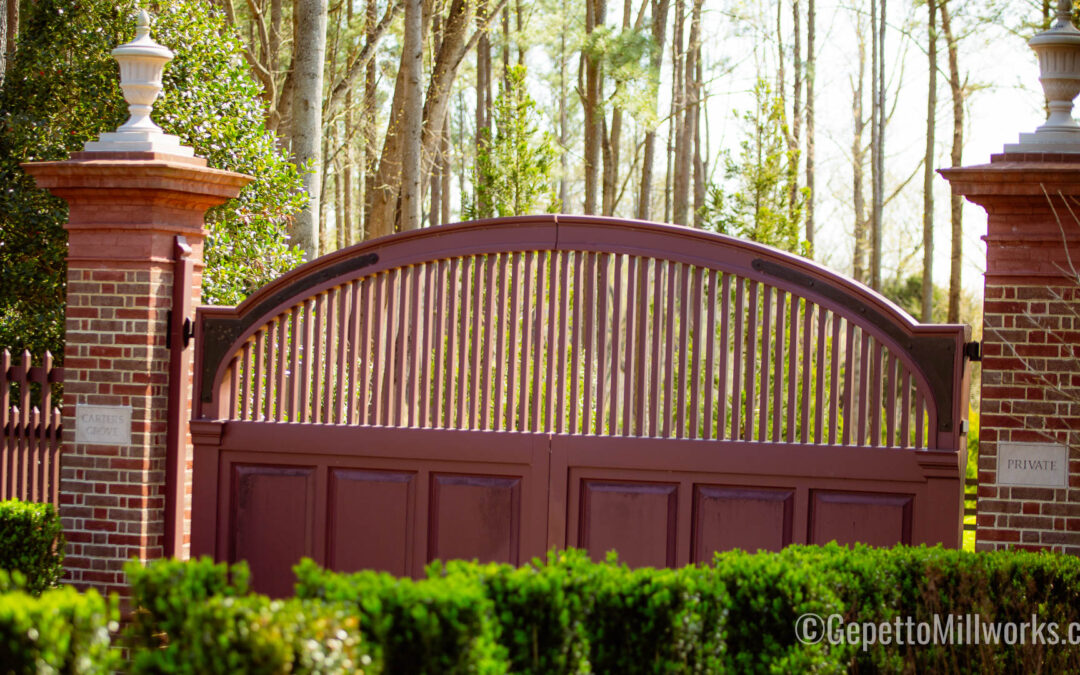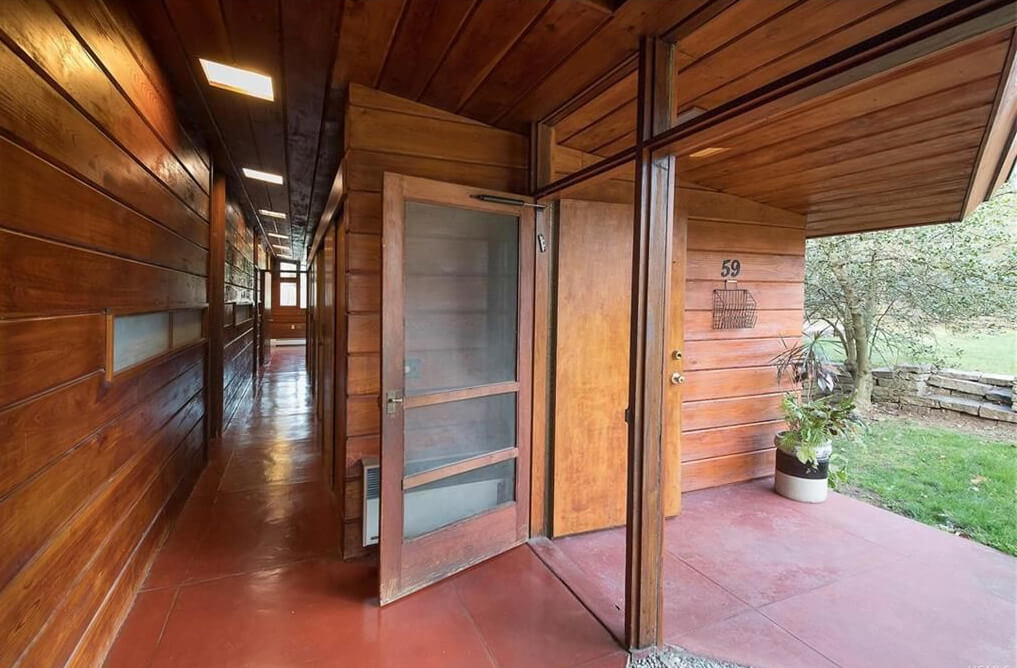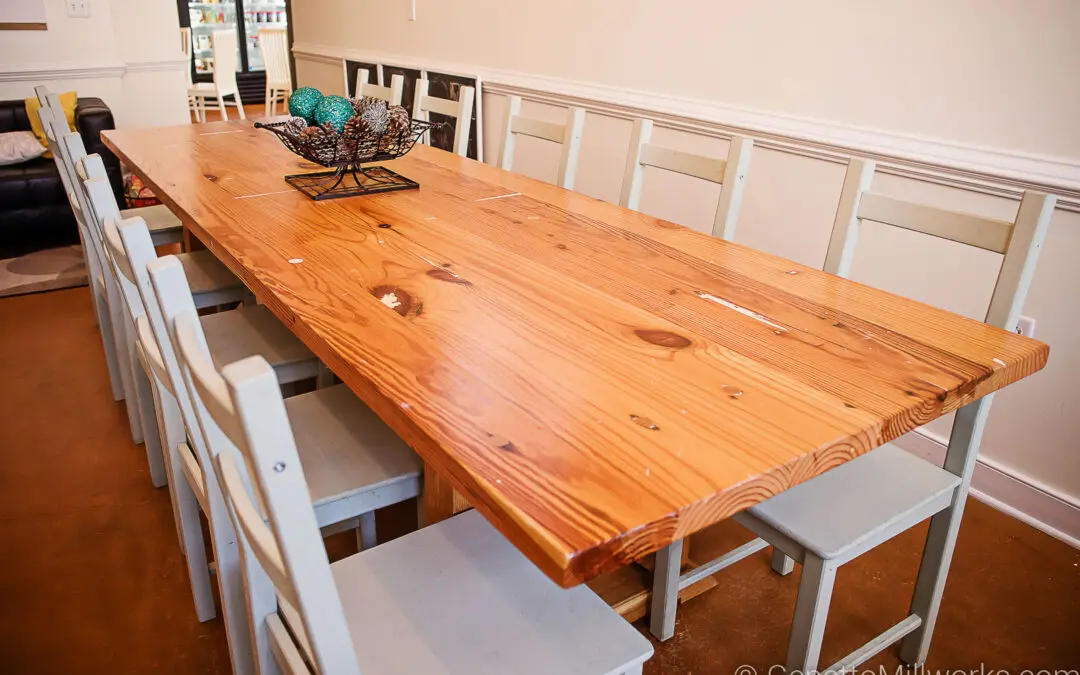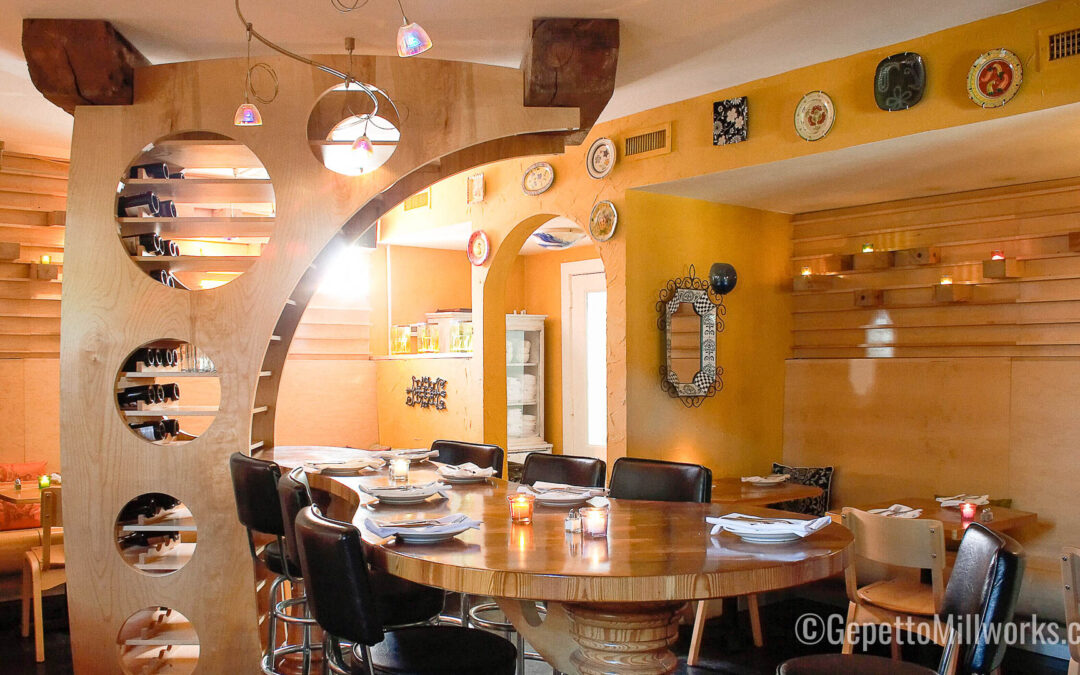


Craftsman Style HomE Millwork
The term “craftsman” is most commonly associated with the American furniture designer Gustav Stickley. He popularized the concepts of handcrafted, functional design in his magazine, “The Craftsman.” Craftsman-style homes gained popularity in newly developing cities in the Midwest and West Coast, inspiring new movements such as the Bungalow, Prairie School, and Mission Revival styles.
The craftsman’s style’s simplicity and practicality had a broad appeal, so it spread widely across cities all over the United States and is still popular today. Contemporary home designs often incorporate architectural elements that are reminiscent of craftsman style, even though many of them are not strictly craftsman-style.
Virginia Federal Period Doors & Millwork
The Federal Period, spanning from the late 18th to the early 19th century, was a crucial era in American architecture that saw the emergence of distinct design elements and principles. In Virginia, during this period, homes became symbols of refined taste and...
Rustic Aesthetic REal wood Manufacturer
Gepetto Millworks in Richmond, Virginia, excels in creating custom wood furniture, accentuating Rustic, Country Chic, and farmhouse styles. Popular across Virginia, these aesthetics are cherished for their warmth and connection to nature. Gepetto provides tailored services to design architects, focusing on species, placement, and affordability. Their handcrafted millwork is perfect for modern homes, restaurants, and offices, blending historic charm with durability. They repurpose wood from dilapidated Virginia barns, infusing interiors with character. Custom restaurant furnishings emphasize natural wood, while office spaces mix vintage and contemporary with personalized carpentry. Gepetto’s dedication to craftsmanship and client collaboration elevates spaces with timeless design and comfort.

Clerestory restoration parts and service
Clerestoryrestoration Parts or SERVICE Experienced restoration of historic clerestory & skylights by Virginia Carpenters. Gepetto has the experience and shop tooling to solve anything from water leaks to full rebuild and fabrication in our shop. agsdi-bitbucket...



